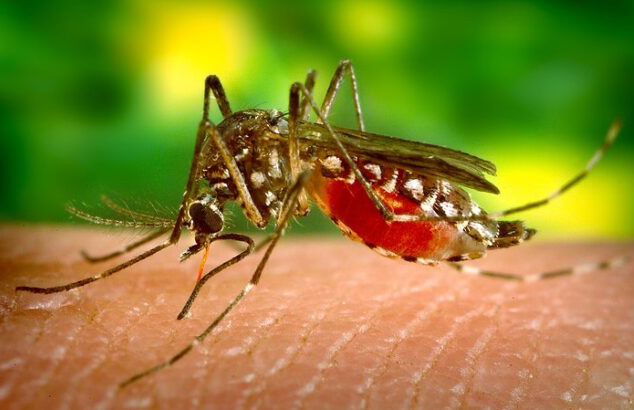

By Asmita - Aug 05, 2025
China's Foshan city battles its largest chikungunya outbreak since 2008, with over 7,000 cases reported in Guangdong province. A robust official response includes mosquito eradication efforts, fines for noncompliance, and enhanced hospital protocols. The population shows mixed reactions to the extensive measures, with some expressing fatigue from previous pandemic restrictions. Innovative biological methods are employed alongside traditional controls, aiming to curb virus transmission and combat mosquito resistance.

Mosquito via Rawpixel.com
LATEST
China's southern city of Foshan is facing a severe chikungunya outbreak, a mosquito-borne viral disease causing fever and intense joint pain. Since July 2025, over 7,000 cases have been reported in Guangdong province, with Foshan as the epicenter. This marks the largest chikungunya outbreak in China since the virus's introduction in 2008, driven by rising temperatures that favor mosquito breeding. The unprecedented scale has prompted an aggressive official response reminiscent of China’s Covid-19 containment strategies.
Local authorities in Foshan have implemented a sweeping mosquito eradication campaign involving inspection of homes, drone surveillance to identify breeding sites, and insecticide fogging of public areas. Residents are urged to eliminate standing water where mosquitoes breed and are subject to fines of up to 10,000 yuan for noncompliance; extreme cases face criminal charges under infectious disease prevention laws. Mosquito-proof hospital beds with nets have been mandated for confirmed chikungunya patients, who require week-long hospitalization or until testing negative. Community volunteers conduct door-to-door checks applying mosquito repellents and educating the public, reflecting a mobilization effort likened to a "patriotic public health initiative".
This mosquito crackdown has sparked mixed reactions, as the population shows signs of fatigue from extensive pandemic restrictions in the recent past. Some residents object to the intrusive inspections and strict penalties, with reports of electricity disconnections for households that fail to comply. Public trust is strained by delayed virus reporting and inconsistent enforcement, while some citizens complain about mosquitoes becoming resistant to traditional repellents. In Beijing, the virus’s spread to the capital has generated public concern, but lacks centralized guidance, causing communities to rely on self-organized prevention efforts.
Meanwhile, innovative biological methods supplement chemical controls. Scientists have released large "elephant mosquitoes" that prey on larvae of disease-carrying species and introduced fish that consume mosquito larvae into local ponds. These environmentally based strategies are complemented by drone and helicopter deployments to optimize mosquito population suppression. Collectively, the multifaceted approach aims to curb the chikungunya virus’s transmission while alleviating some of the challenges posed by widespread chemical spraying. The government continues working with the World Health Organization to manage the outbreak, but the scale of the response reveals the high stakes in controlling emerging mosquito-borne diseases in a post-Covid urban environment.